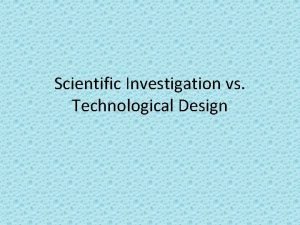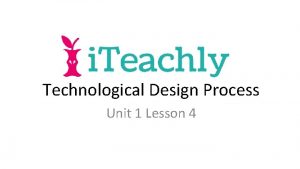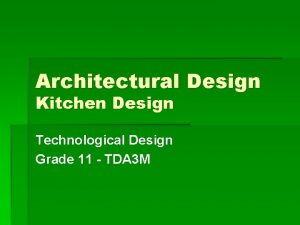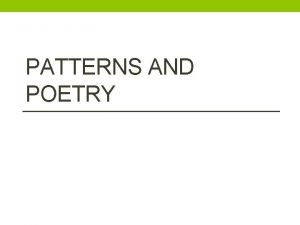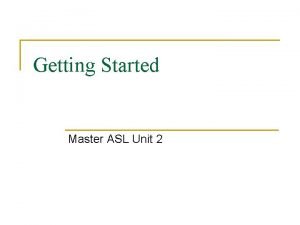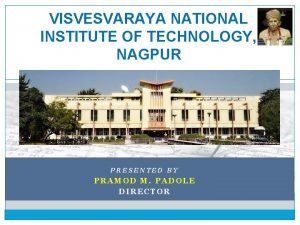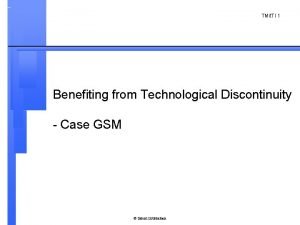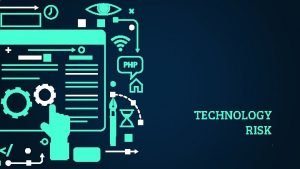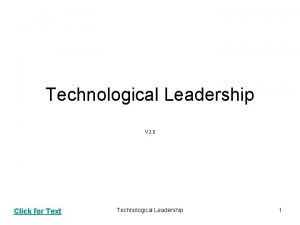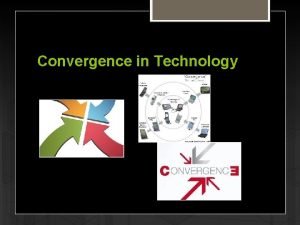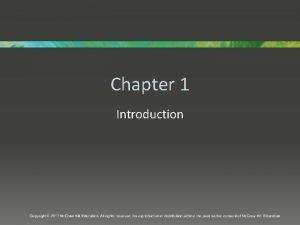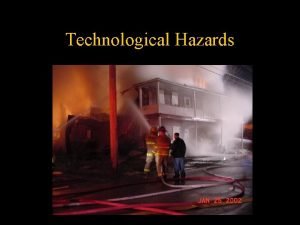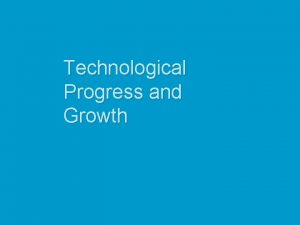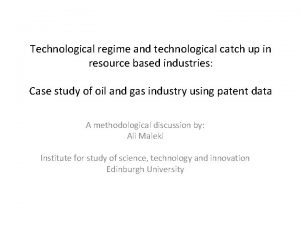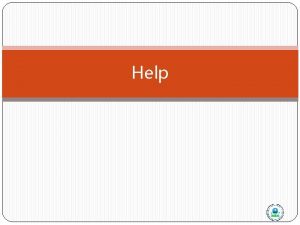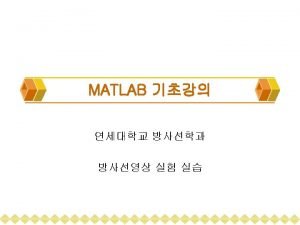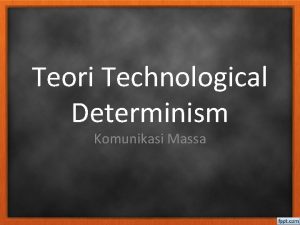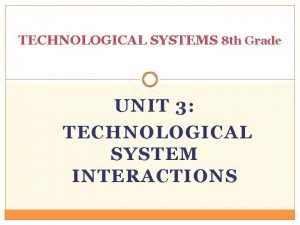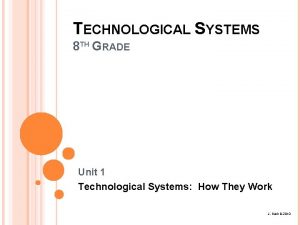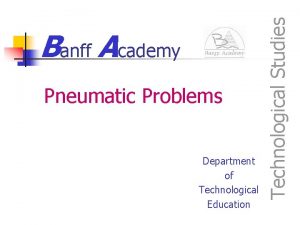MODELS AND TECHNOLOGICAL DESIGN MODELS MODELS Models help



















- Slides: 19

MODELS AND TECHNOLOGICAL DESIGN

MODELS

MODELS • Models help to make ideas, complicated systems, very small items, or large items easier to understand. • Models can be built, drawn, or designed on a computer, but all have limitations.

MODELS • Models help to make ideas, complicated systems, very small items, or large items easier to understand.

TYPES OF MODELS • An architect's drawing and a small 3 -dimensional building are both types of models • Why would a architect want a 3 -D model?

OTHER TYPES OF MODELS INCLUDE:

• Maps—Maps are models that show directions and distances. Maps may also show physical features like landforms, roads, towns, and even buildings.

• Globes—Globes can show the whole Earth without distorting or changing its shape.

• Watershed Maps -Drawings of watersheds are models that help show the terrain of the area, like hills, ravines, crests, and valleys.

• Dioramas—Dioramas help to represent an ecosystem in three dimensions.

• Terrariums & Aquariums—Like dioramas, terrariums can be used to model ecosystems. But unlike dioramas, terrariums contain living organisms, such as plants and animals. They also contain soil, air, and moisture.

• Concept maps—Concept maps are drawings, such as flowcharts, that can be used to show the relationships between ideas.

• Computer Models—Computers can be used to model the positions and movements of objects in three dimensions. For example, a computer model could show the planets in the solar system orbit the Sun.

USES OF MODELS • Some models show something looks on a scale that is easy to see. A model of the solar system made using string and foam balls can show the relative positions of the Sun and planets in a form that is small enough to be seen easily. • Some models are used to demonstrate how something works. Using a water pump as a model of a human heart shows how the heart functions. This makes the idea of the circulatory system easy to understand. Models of systems should be appropriate and simple. • Models can also help to analyze and predict what will happen in the real system. A terrarium filled with plants and water creatures can be used as a small-scale model of an ecosystem. This ecosystem can be used to analyze and predict how the small organisms behave in their natural habitat. It can also be used to find out how organisms in the natural habitat will react to changes, such as when pollutants are added.

MODELS USE FAMILIAR OBJECTS Core Mantle Crust

MODELS HAVE LIMITATIONS • smaller or larger • made of different materials • missing some parts or details

TECHNOLOGICAL DESIGN PROCESS • Technological designs help solve real-world problems. The technological design process is a systematic way to approach a technological design problem.


• The technological design process involves several main steps: 1. 2. 3. 4. 5. 6. 7. 8. Identifying a problem or need. Researching the problem. Developing possible solutions. Choosing the best solution. Creating a prototype or model. Testing and evaluating the solution. Communicating the solution. Redesigning the technology.
 Scientific vs technical
Scientific vs technical Technological design
Technological design Which is one limitation to technological design
Which is one limitation to technological design Kitchen design
Kitchen design Education through self help is our motto
Education through self help is our motto Freesurfer troubleshooting
Freesurfer troubleshooting I m being oppressed
I m being oppressed Becoming a helper 7th edition
Becoming a helper 7th edition Help us help you
Help us help you Master asl unit 2 pdf
Master asl unit 2 pdf Technological gap model
Technological gap model Visvesvaraya technological university nagpur
Visvesvaraya technological university nagpur Technological discontinuity definition
Technological discontinuity definition Definition of technology risk
Definition of technology risk What is technological modelling
What is technological modelling Technological leader
Technological leader Pest political economic social technological
Pest political economic social technological Institute for prospective technological studies
Institute for prospective technological studies Example of technological convergence
Example of technological convergence The importance of technology
The importance of technology
